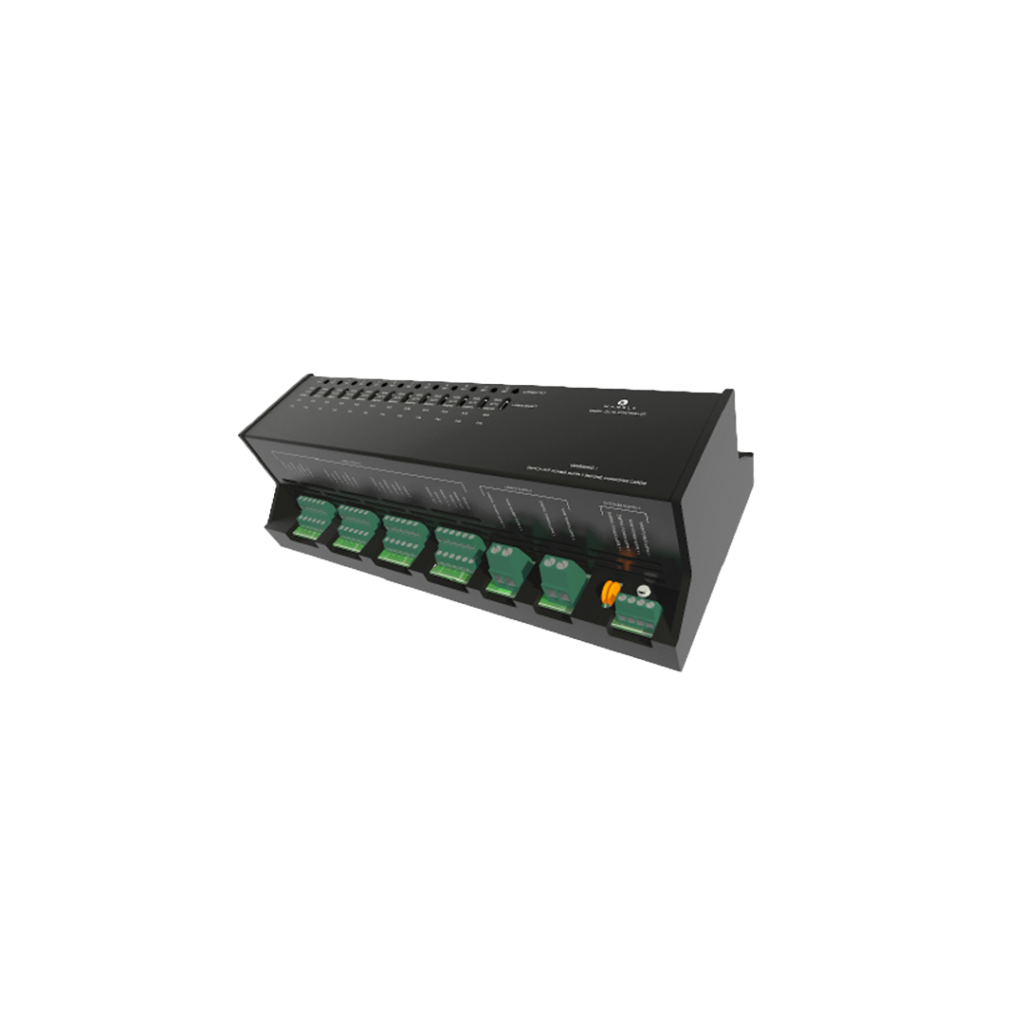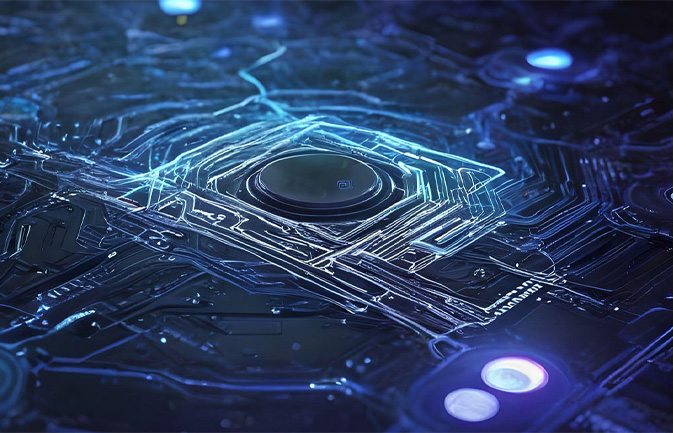Transforming Industries with Automation
Automation is revolutionizing various sectors, driving efficiency, and unlocking new levels of productivity. From manufacturing to logistics, automated systems are streamlining operations, reducing human error, and enhancing overall output. The implementation of advanced robotics, AI-driven processes, and automated workflows is not just a trend but a transformative force in modern industries.
” Automation is the key to future-proofing industries, enabling them to adapt quickly to changes, reduce costs, and maintain competitiveness in an ever-evolving market. “
With the rise of Industry 4.0, businesses are embracing automation at an unprecedented rate. This technological shift is leading to the creation of smart factories, where machines communicate and collaborate with minimal human intervention. These advancements are also reshaping the workforce, with an increased focus on upskilling employees to work alongside automated systems.

Automation’s impact is most evident in the precision and speed it brings to production lines, enabling companies to meet high demand with consistent quality. This efficiency is not only beneficial to manufacturers but also extends to sectors like healthcare, where automated systems are improving patient outcomes through precise diagnostics and treatment plans.
The ongoing integration of automation in various industries is also contributing to sustainability efforts. By optimizing resource use and minimizing waste, automated systems help businesses achieve their environmental goals while maintaining profitability. As technology continues to evolve, the potential for automation to further transform industries remains vast and promising.
Advancements in Industrial Design
In the realm of industrial design, automation is playing a crucial role in enhancing creativity and efficiency. Designers are now leveraging automated tools to streamline the creation process, from conceptualization to prototyping. This shift is leading to more innovative and functional designs that meet the complex needs of modern consumers.


Automation in design not only accelerates the development cycle but also allows for greater customization and precision. With the help of AI-driven design tools, companies can now create products tailored to individual customer preferences, offering a more personalized experience. This capability is particularly valuable in industries like automotive and fashion, where customization is a key differentiator.
As automation continues to advance, the possibilities for innovation in industrial design are expanding, opening new avenues for creativity and efficiency. Designers are now equipped with tools that allow them to push the boundaries of what is possible, creating products that are not only functional but also aesthetically pleasing and sustainable.
Conclusion: The Future of Automation
The future of automation in industry looks promising, with continuous advancements expected to drive further innovation and efficiency. As businesses continue to adopt automated systems, they will not only enhance their operations but also contribute to a more sustainable and productive global economy.
Automation is no longer just a tool for improving efficiency; it is a strategic enabler of growth and innovation. By embracing automation, companies can stay ahead of the curve, adapt to changing market demands, and secure their place in the future of industry.





